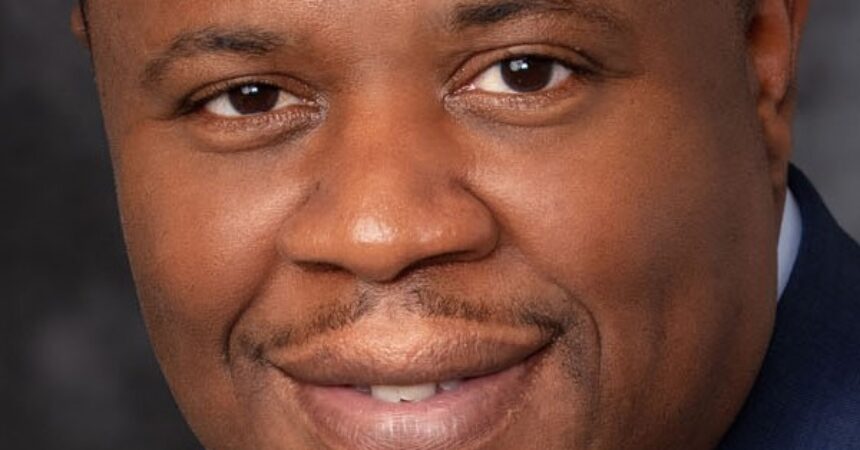
Against the Grain II
Four mavericks who went Black when it wasn’t popular

Over the years, the fight for Black representation has been a real struggle. It’s hard to convince industries, politicians, or even common folk that seeing someone that represents your category, whatever it might be, is critical in the psyche of providing a sense of belonging.
For those who have never had to look for representation, it often doesn’t even register as important. The entitled would often rationalize that you can look to others for inspiration without it totally aligning with who you are.
There are scores of examples of non-Blacks who really understood this concept and they endured criticism on various levels for the inclusion. Charles Schulz, the famous animator of Charlie Brown and the Peanuts series, challenged the status quo in 1968 right in the height of civil unrest. Blacks were reeling from the assassination of popular activist the Rev. Dr. Martin Luther King Jr. and Schulz was encouraged that he needed to utilize his platform to positively influence Black attitudes. Harriet Glickman, a southern California teacher, was the author of the letter encouraging Schulz to help temper the racial divide. Glickman was White.
Franklin, the character Schulz created, was met with pushback from the illustrators’ association. The general public implored Schulz not to have Franklin in school with the other White kids. There was pushback from several angles once it was revealed that Schulz would introduce the first character of color to the beloved Peanuts ecosystem. Even so, his conviction pushed him forward and a legendary Peanuts character was born.
Stan Lee is known as one of the most creative minds in history. His creation of a multitude of superstars in the comic book realm will never be eclipsed. From Spiderman, the Fantastic Four, The Hulk, and Iron man, Lee’s ability to visualize his dreams into characters made him world-renown. In 1966, during the height of the civil rights era, Lee created the Black Panther. He envisioned a world where Africa was the most technological continent in existence. He developed the character name in alignment with the Black Panther Party that was active in the Black community during that era. Countering the derogatory images of Africans portrayed in Tarzan movies, Lee would add a sense of pride to people of color in the comic book world.
A little after the height of the civil rights era, George Lucas changed the world. His 1977 blockbuster film Star Wars changed the whole movie industry. His unique take on science fiction and his knack for creating special effects resulted in a transformational film of fantasy and fighting. It was so profound that the studios of Hollywood felt it was a big gamble. Initially 20th Century Fox invested in the project, but pulled funding and basically gave Lucas total rights to the movie. It would be one of the biggest studio blunders in the history of Hollywood. While many felt that the story of Star Wars was about Luke Skywalker, it was actually about Darth Vader. As the movie sequels came out, it became evident that Luke was a part of the ending, but Darth Vader was involved in the entire story.
That amazing character was voiced by the bellowing strong voice of James Earl Jones. Jones was a classically trained actor who had appeared in several smaller roles during his career. To this day, the heavy breathing and boisterous lyrics delivered by Jones is purely iconic.
In the second movie, Lucas introduced Lando Calrissian played by Billy Dee Williams. Calrissian would play a major role in “the Empire Strikes Back” and “Revenge of the Jedi.” There was no fear in Lucas of diversifying his cast as more and more the cast became international in representation.
Prior to Lucas was possibly the boldest integrator of television. Gene Roddenberry developed Star Trek with the assistance of Lucille Ball who decided to fund the pilot and series. The deep space show had aliens from all over the universe and cool devices that have actually come to reality today.
A high-ranking member of the starship Enterprise was Lt. Uhura played by Black female actress Nichelle Nichols. She was the Communications officer for Captain Kirk (William Shatner). In the third season of Star Trek, Roddenberry made the bold decision to have Uhura and Kirk kiss during an episode. This was 1968 and was not popular at all. Still, Roddenberry produced the episode called “Plato’s Stepchildren” and the kiss went around the world. Though NBC fought the kiss, Roddenberry, Shatner and Nichols were adamant about it happening. The detractors even tried to have Lt. Uhura kiss Mr. Spock (Leonard Nimoy) instead of Kirk because he was an alien and not a White man.
Just as there were abolitionists who helped slaves along their way, these four men defied the times with bold moves. The world is better for their efforts of inclusion. While some may not see the inclusion in the arts as imperative, it is just as important as inclusion in politics, academics and sports.







